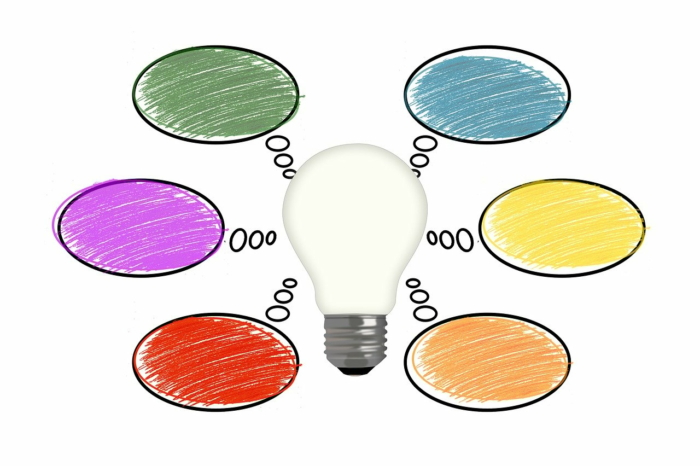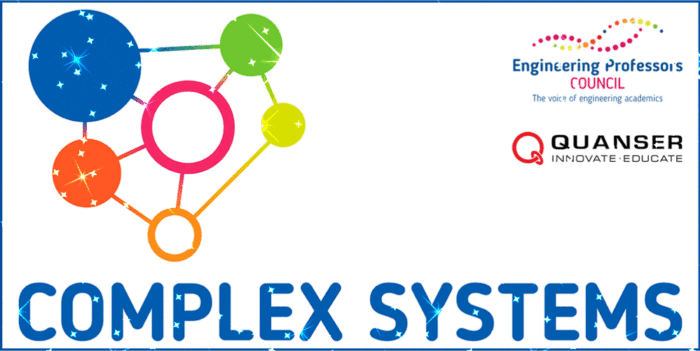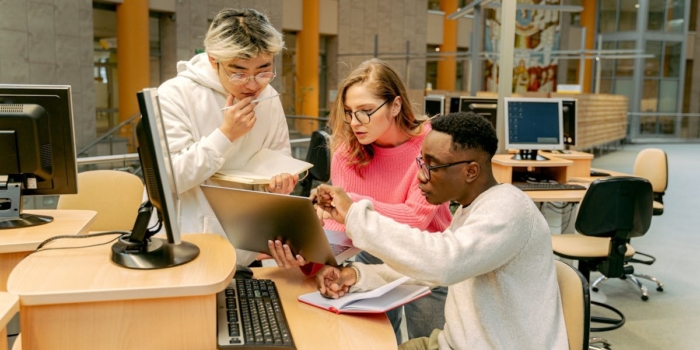Guest blog by Dr Muhammad Sayed, Assistant Professor at NMITE
A few weeks back, I joined a group of engineering educators in a sunny corner of Aberdeen for a two-day event hosted by Robert Gordon University and organised by the Engineering Professors Council. The focus was on a challenge close to many of our hearts — how to make assessment in engineering education more inclusive.
What unfolded was a lively mix of ideas, provocations, and genuine moments of insight. Conversations flowed easily between theory and practice, and by the end of the event, it was clear that “inclusive assessment” isn’t just an academic exercise — it’s a movement reshaping how we think about learning itself.
One of the recurring themes was transparency. When students can clearly see how their work maps to professional standards and learning outcomes, the assessment becomes more than a grade — it becomes part of their learning journey. At NMITE, for example, we often link assessments directly to the Engineering Council’s learning outcomes. This helps students connect what they’re doing in class to the skills they’ll need as professional engineers. It also gives educators valuable feedback on whether the intended learning has truly landed.
But several voices reminded us that transparency alone isn’t enough. Empowerment matters too. Students need to feel able to act on feedback, ask questions, and make use of the support available to them. This is especially important for neurodiverse learners, who may hesitate to seek help without explicit encouragement. Creating environments where students feel safe to engage, and where power is shared rather than imposed, is fundamental to inclusion.
Technology was another hot topic — both as a barrier and an enabler. We often assume today’s students are digitally fluent, but fluency can look very different in practice. Some are experts on smartphones but struggle with file systems or traditional report writing. At NMITE, we’ve experimented with offering students freedom in how they present their work — for instance, allowing video submissions instead of written reports. The results have been fascinating: when given creative freedom, students focus more on communicating their understanding than worrying about format. Assessment, in that sense, becomes an act of learning.
Creativity also featured in discussions around note-taking and logbooks, a cornerstone of engineering education that can sometimes feel rigid to students. One approach that inspired me was using colour, sketches, or even da Vinci–style doodles to make logbooks more personal and engaging. Encouraging students to document their thinking in diverse ways helps them build reflection habits, supports neurodiverse learners, and makes the process of learning visible — both to them and to us.
Another idea that resonated deeply was the balance between professional body expectations and authentic assessment. We explored methods such as extended project work followed by open-book exams where students are allowed to bring only their logbooks. This approach not only reinforces the habit of documentation but mirrors real engineering practice — where engineers rely on their notes, drawings, and records to discuss and justify decisions.
Perhaps the most powerful moment of the event came during an empathy exercise simulating reduced ability. Reading scrambled text through a pinhole lens or writing while wearing gloves might sound simple, but the experience was profoundly humbling. It offered a visceral reminder of how challenging standard assessment environments can be for some learners — and why designing with empathy must go hand in hand with good pedagogy.
By the end of the two days, one message stood out clearly: inclusive assessment isn’t about lowering standards — it’s about creating opportunities for everyone to show what they’re capable of.
The conversations in Aberdeen were a testament to the creativity and commitment within our community. They reminded us that assessment can be more than a measure — it can be an experience that connects, empowers, and inspires. And if the ideas shared at Robert Gordon University are any indication, the future of engineering education is moving steadily from transparency toward something even richer: empathy.




